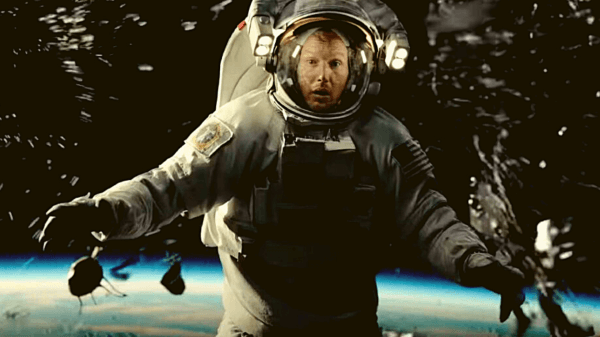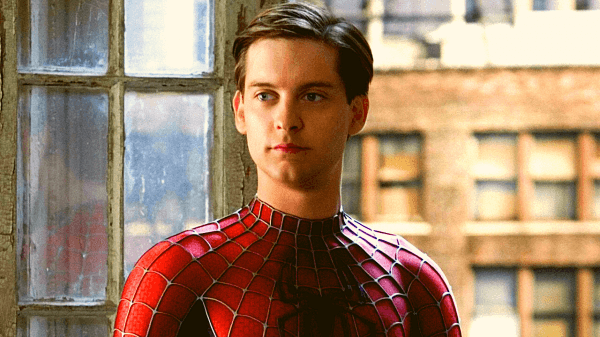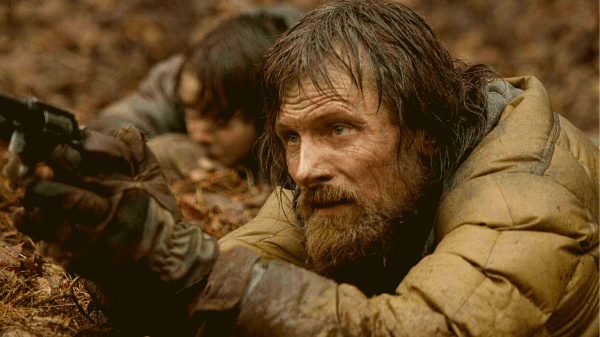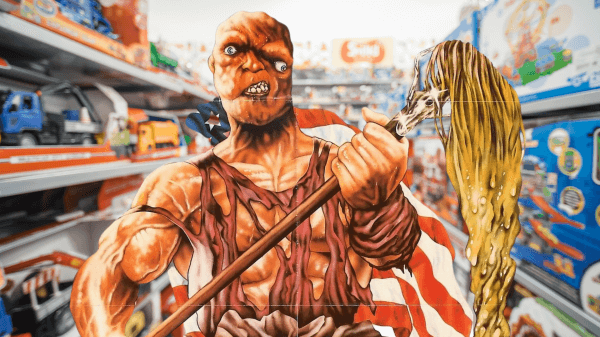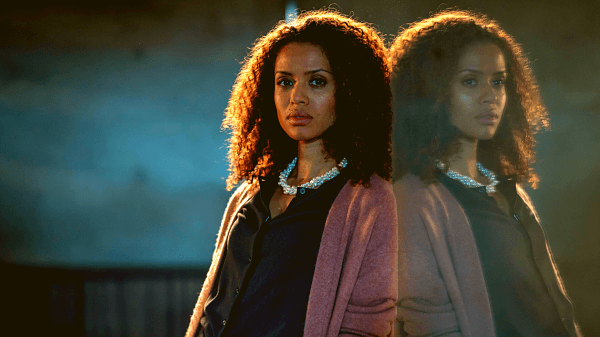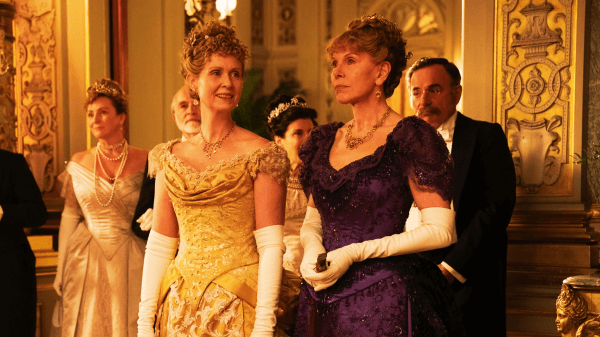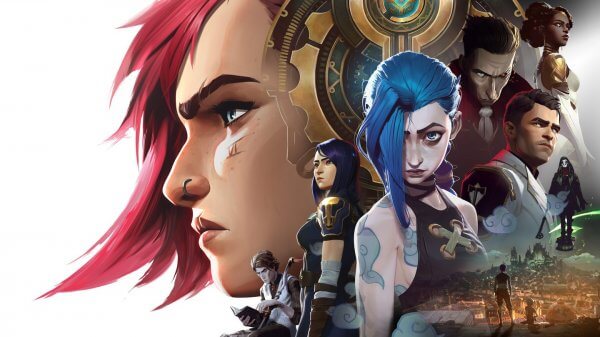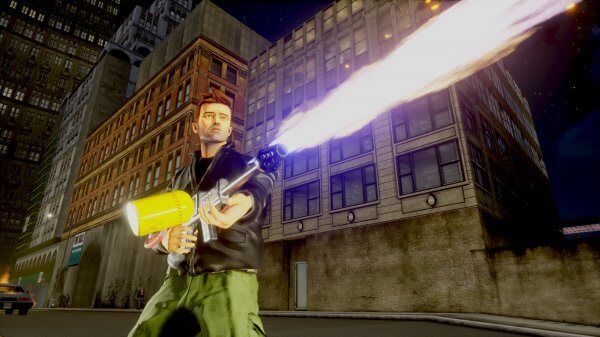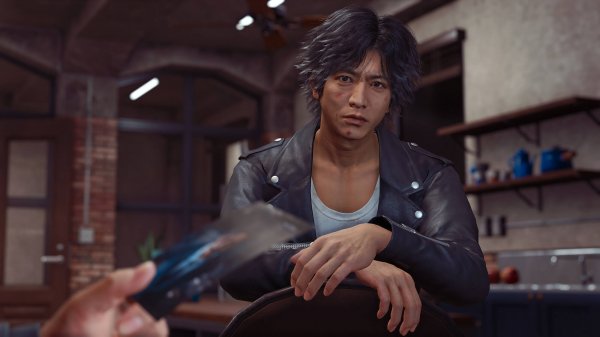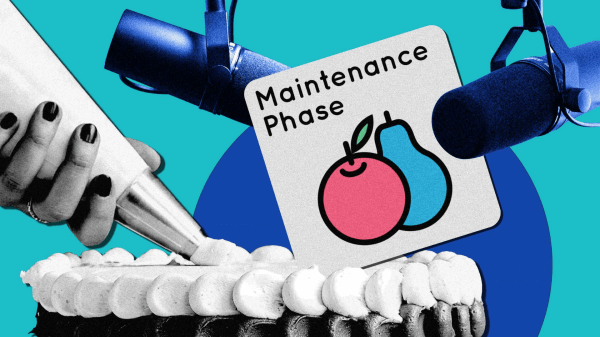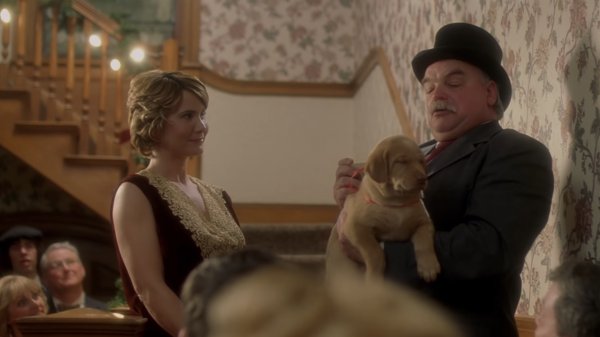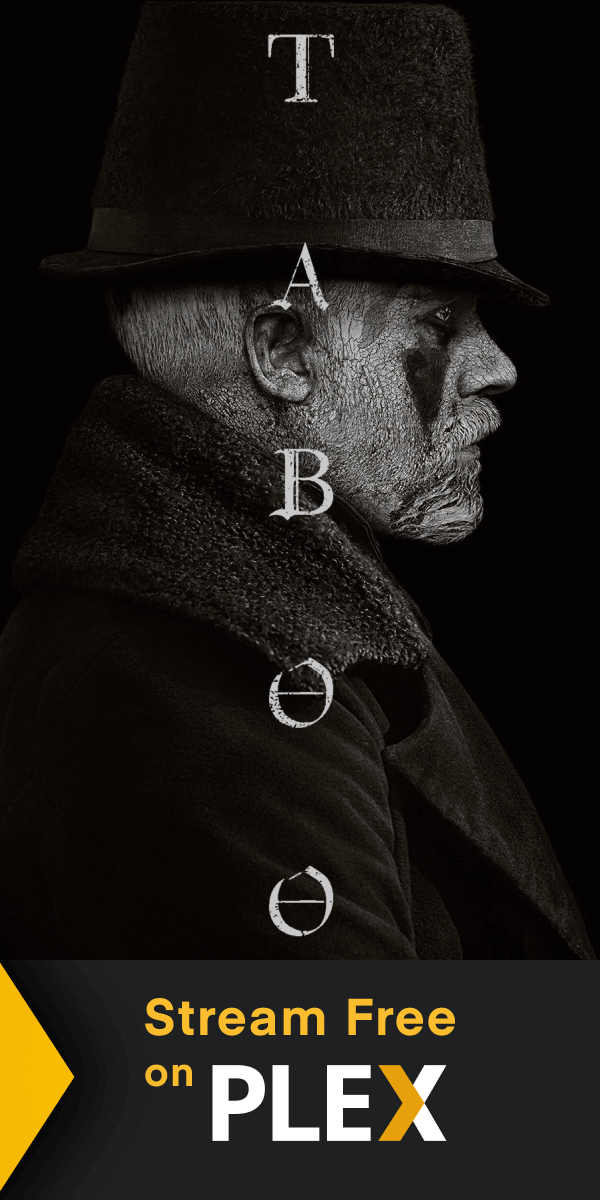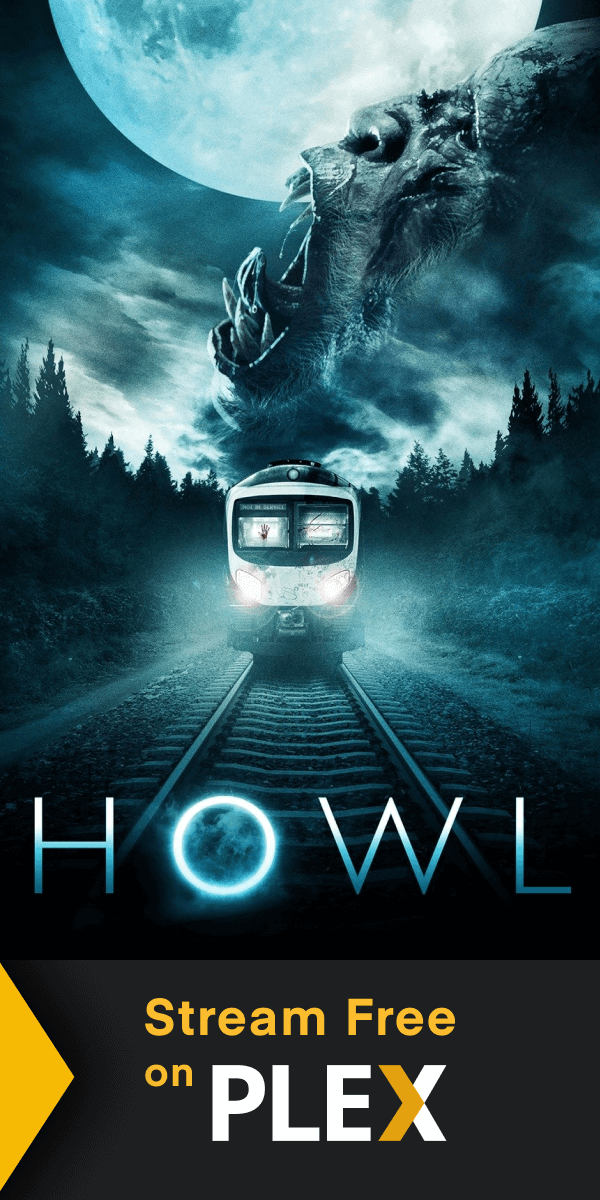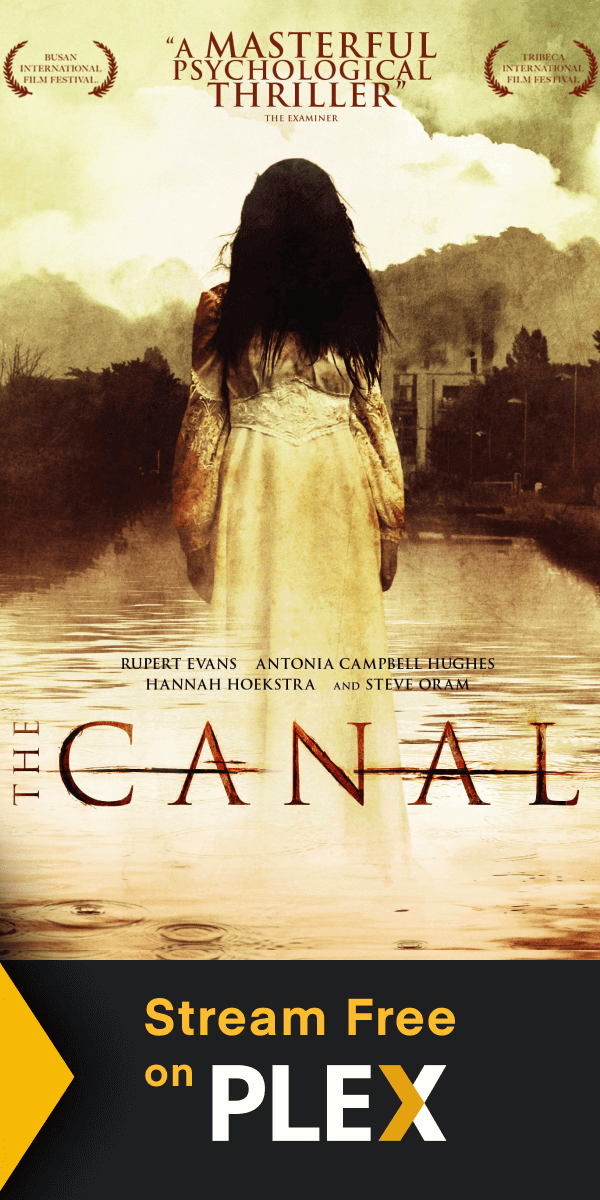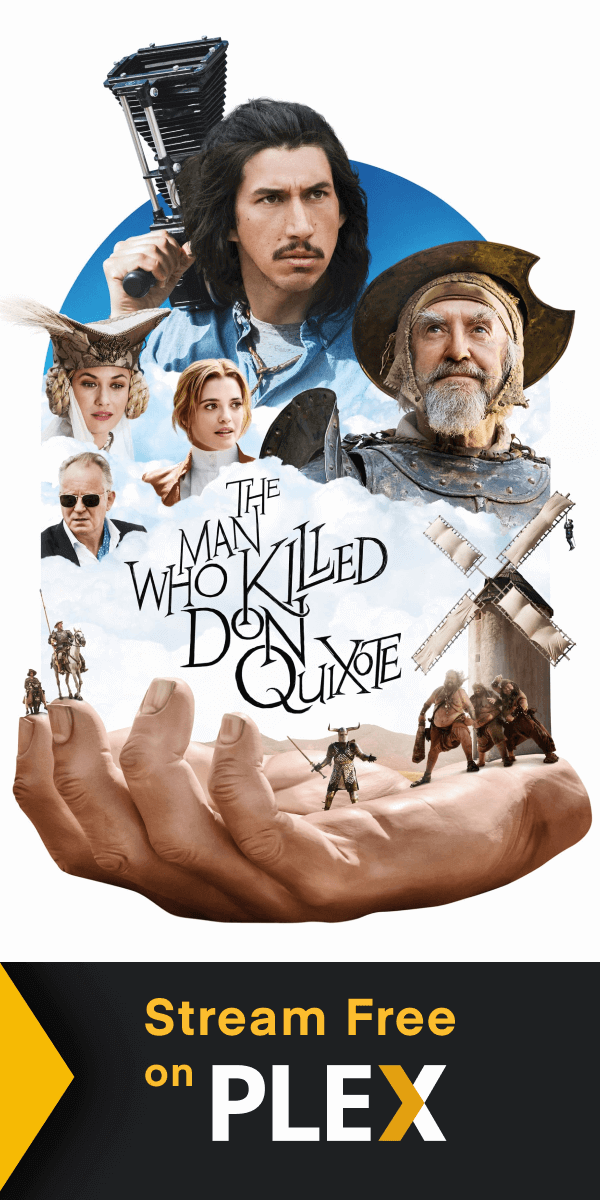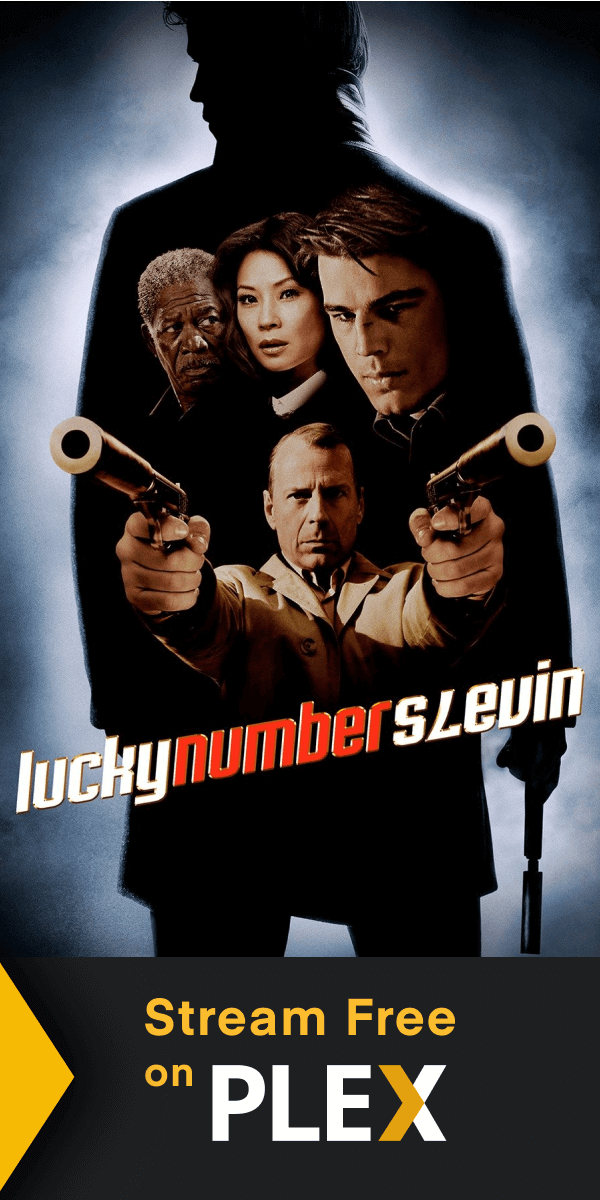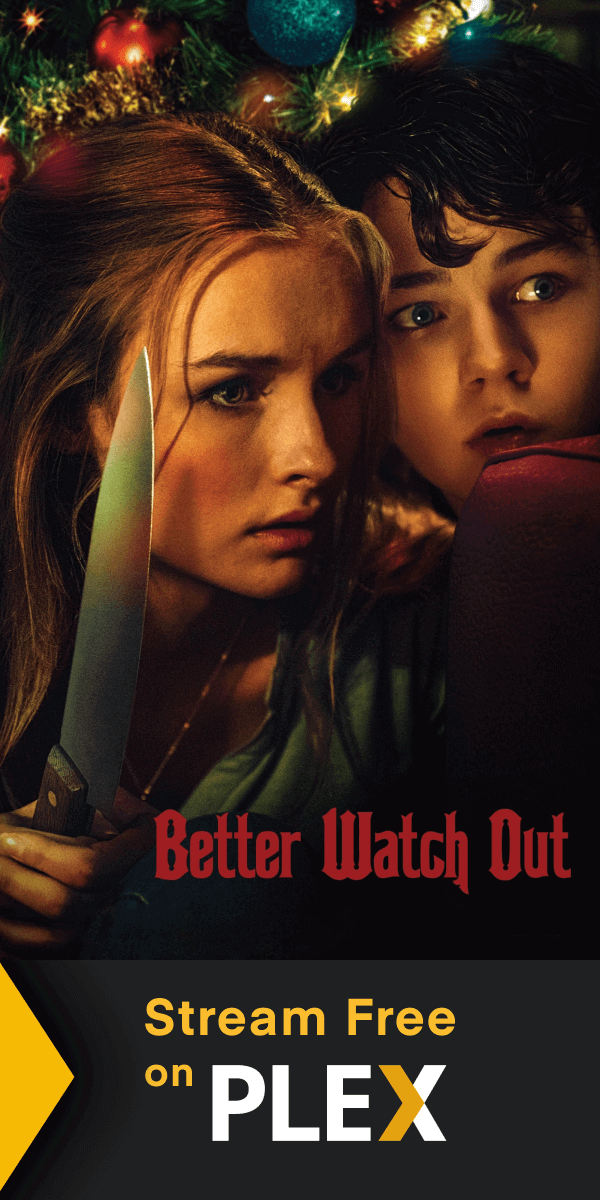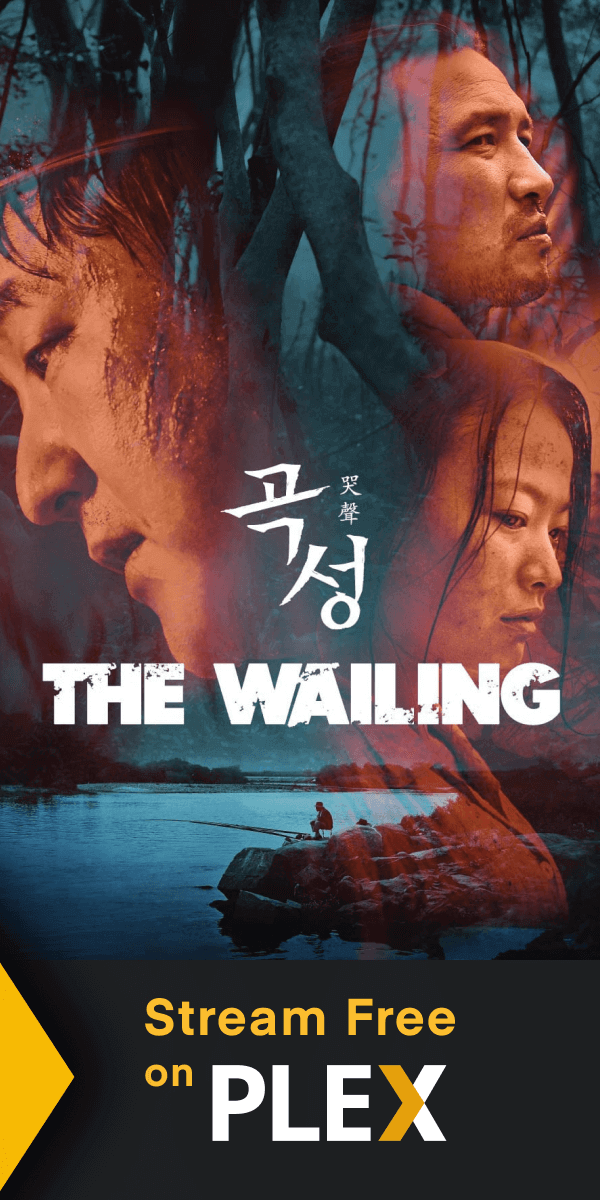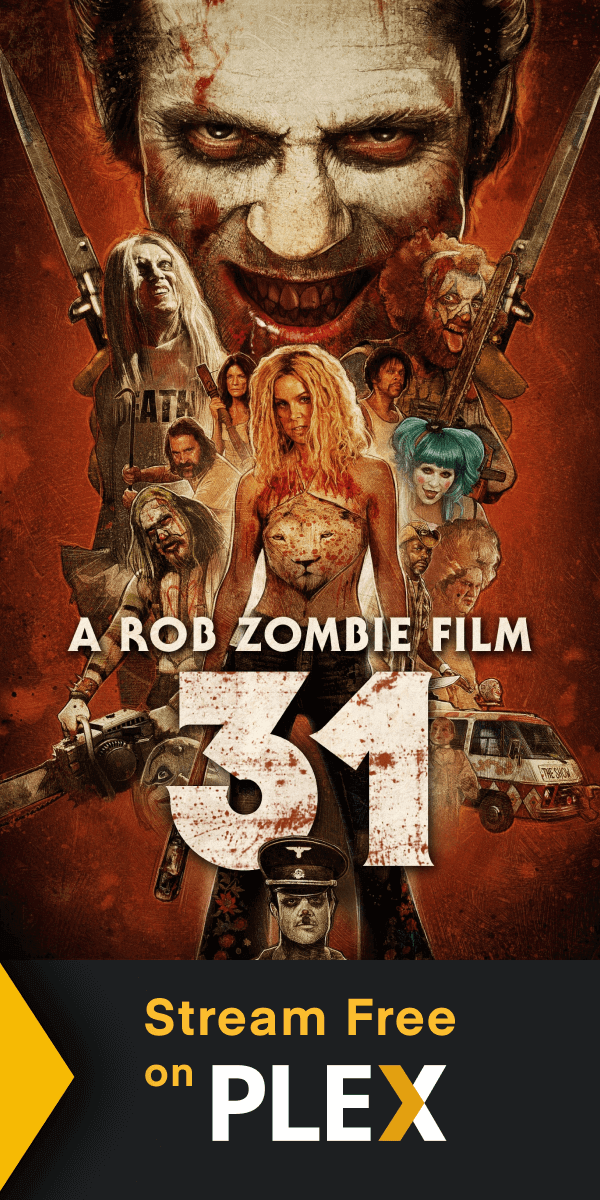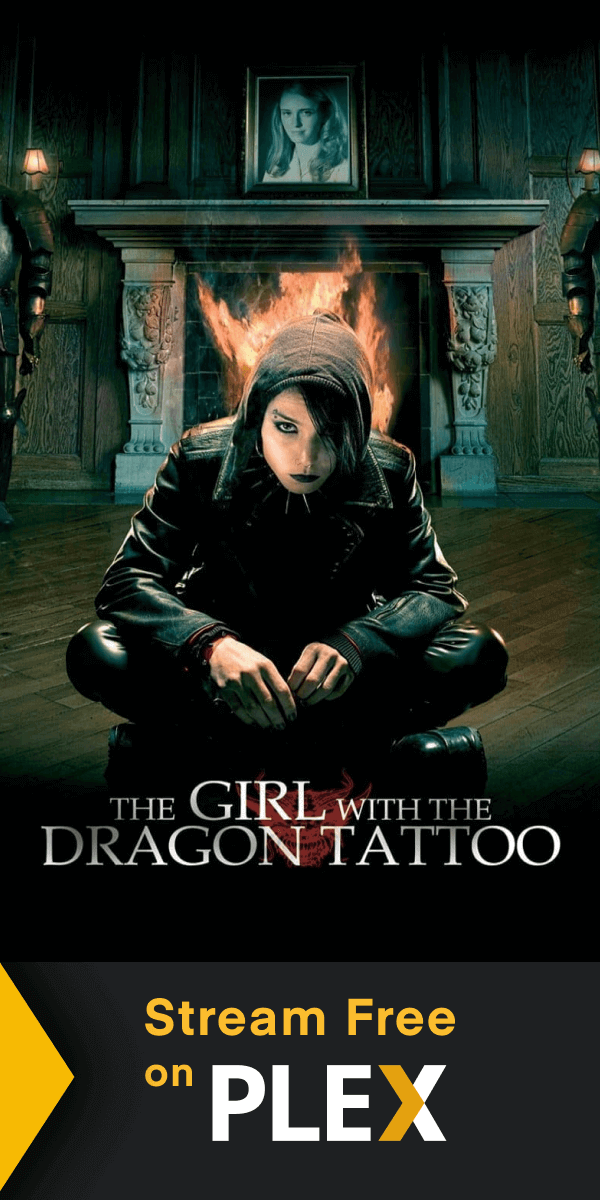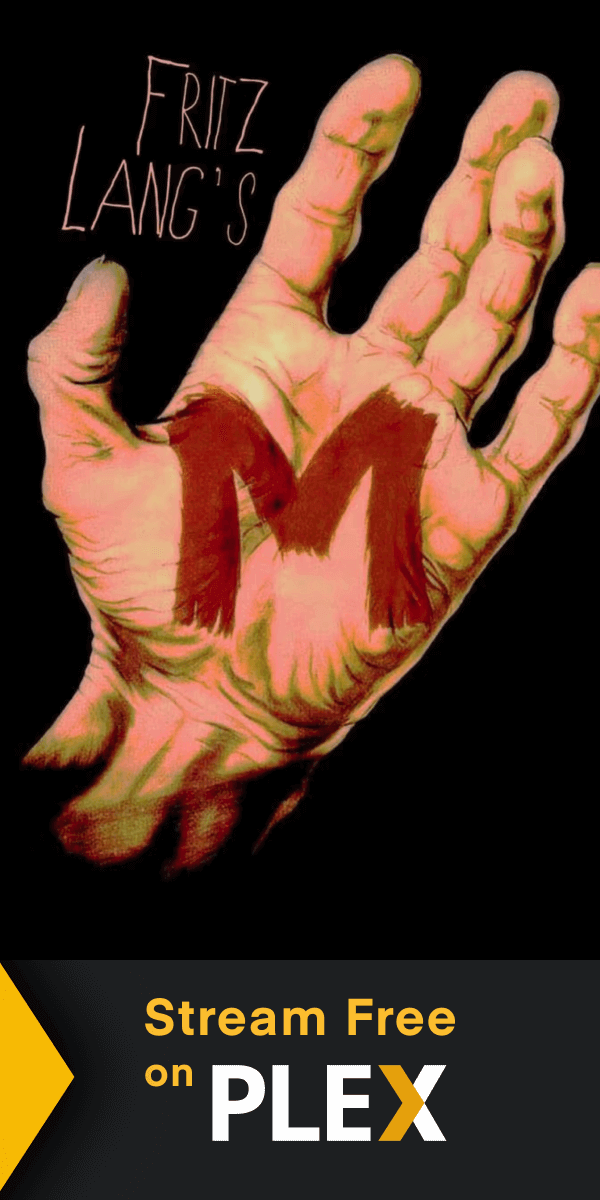Warning: Here be spoilers.
It’s become almost impossible to talk about Cyberpunk 2077 without also talking about the circumstances of its release, so revealing of the economic and political landscape of the industry have they proven to be. And so it should be. Any piece of culture created using exploitative labor practices and marketed by deceptive means shouldn’t get to escape the shadow of those sins by virtue of any quality it might otherwise possess. The Last Of Us Part II might well be one of the greatest games ever made–it’s certainly one of my favorites–but to ignore the avoidable human cost of its development would be an abdication of responsibility. As Ian Walker wrote in a piece in Kotaku in response to the Naughty Dog game winning Best Direction at the The Game Awards in November 2020:
‘I feel like the industry, now more than ever, is willing to discuss the dangers of crunch culture and solutions to eradicate it. But lavishing praise on the way The Last of Us Part II was directed feels like a tacit endorsement of crunch and only serves to push that conversation to the backburner again.
A popular online statement, first coined by Fanbyte podcast producer Jordan Mallory, says, “I want shorter games with worse graphics made by people who are paid more to work less and I’m not kidding.” The message from all those who share it is clear: No game, not even industry darling The Last of Us Part II, is worth destroying lives to create.’
I’ve written about what the messy and unethical development and release of Cyberpunk 2077 tells us about the state of the video game industry before. There are also issues regarding some of the xenophobic tropes that it traffics in that cannot be dismissed. In this piece, however, I want to take a moment to just dive into my experiences with the game. How it actually felt to play it as it is. Or at least as it was. Considering its state upon release it’s likely that Cyberpunk 2077 will be getting patch updates until the Sun expands to form a red giant and swallows us all. I finished the game in mid-January and I haven’t gone back to it since, so that’s the only version I can talk about for now, not whatever improved, expanded, or otherwise amplified iterations will come into being later.
In a nutshell, I think that–all release issues and technical problems aside–Cyberpunk 2077 is a great game, but there is a fantastic one buried underneath it struggling to break free, occasionally getting close to doing so but never quite managing it.
The core gameplay of Cyberpunk 2077 is, on average, very good, though make no mistake: There are issues with it. For a start, the vehicles handle like shopping trolleys. They make driving look and feel the absolute opposite of smooth and cool, and they make it drift away even from that most basic requirement of a video game–fun. One of my abiding memories of great vehicle movement comes from Grand Theft Auto: Vice City. There’s a motorbike in that game called the ‘Angel’. It’s the Harley-style bike. It’s a bit of a lumbering, inelegant beast: Heavy, with a wide turning circle. And yet even that monster feels great to ride. Especially when you get it up to a high speed on a straight bit of road. Then, when you see a turn coming, you can execute a ninety degree handbrake turn that kicks out the weight of that sturdy bike behind, and pushes you into a new direction with minimal loss of momentum. You learn to read the bike’s strengths and weaknesses, and if you listen just a bit it teaches you how to ride it. It’s a very satisfying feeling in an almost twenty year old game, and there’s nothing even close to it in Cyberpunk 2077. For a game that relies on driving as much as this one, it seems an odd choice to make every vehicle handle terribly, and for it be nigh-on impossible to learn how to drive properly. You’re supposed to want to explore Night City–to immerse yourself in this incredibly designed, atmospheric space–but the driving mechanics of Cyberpunk 2077 have the exact opposite effect: They put you off, and they distract.
The problem is compounded by a minimap that doesn’t indicate it’s time to turn until it’s way too late. The combined effect of these two design choices is to make you incredibly wary of building up too much speed while in a vehicle. So in a game in which I leapt from rooftop to rooftop with the help of a cybernetically enhanced skeleton, dispatching enemies with high powered rifles and hacking their brains with my cyberpowers from a distance before rushing up close and taking out the rest with the flame-imbued blades fused to my arms, I also felt the need to drive slowly and sensibly, with moderation and care. Quite aside from the driving not being very fun, it’s also a bit of a jarring experience compared to the feeling other parts of the game engender in you. Incredibly badass warrior cyborg from the future in the streets, cautious grandparent with cataracts in the stree– No, wait, that doesn’t really work. You get my point.
There are other issues with Cyberpunk’s design that affect how fun and satisfying it is to play. There is an overabundance of health packs and ammunition in the world; the AI is wonky at best, downright deranged at worst; and the stealth gameplay–my favourite way of playing any game with a choice of approach, despite the rifle-and-flaming-blades evidence in the above paragraph–is nowhere near as fleshed out as it could be. But despite all that, the overall experience of actually playing Cyberpunk 2077 was, for me, overwhelmingly an enjoyable one. The guns felt weighty and satisfying; the tactile nature of existing in Night City well developed; and the world design is some of the best I’ve ever seen.
Because Night City itself? That truly is a marvel to behold. It’s a sandbox ludicrously dense with grand futuristic vistas, rugged badlands, overlapping roads, and an endless series of hidden alleys. The city has a rich diversity of character and socioeconomic history writ large on neighbourhoods that run the gamut from flash corporate sector to rickety, multilayered, riverside slums. There are bustling markets tucked away in between colossal mega-buildings, with towering silver statues and bright pink digital cherry blossom trees decorating the area. There are seedy red light districts and hidden rooftops on which Night City’s residents gather. Makeshift tent communities beneath a collapsed Ferris wheel. Worn down industrial areas. I spent almost a hundred hours in Night City and I probably saw a fraction of all the unique sights there are to take in.
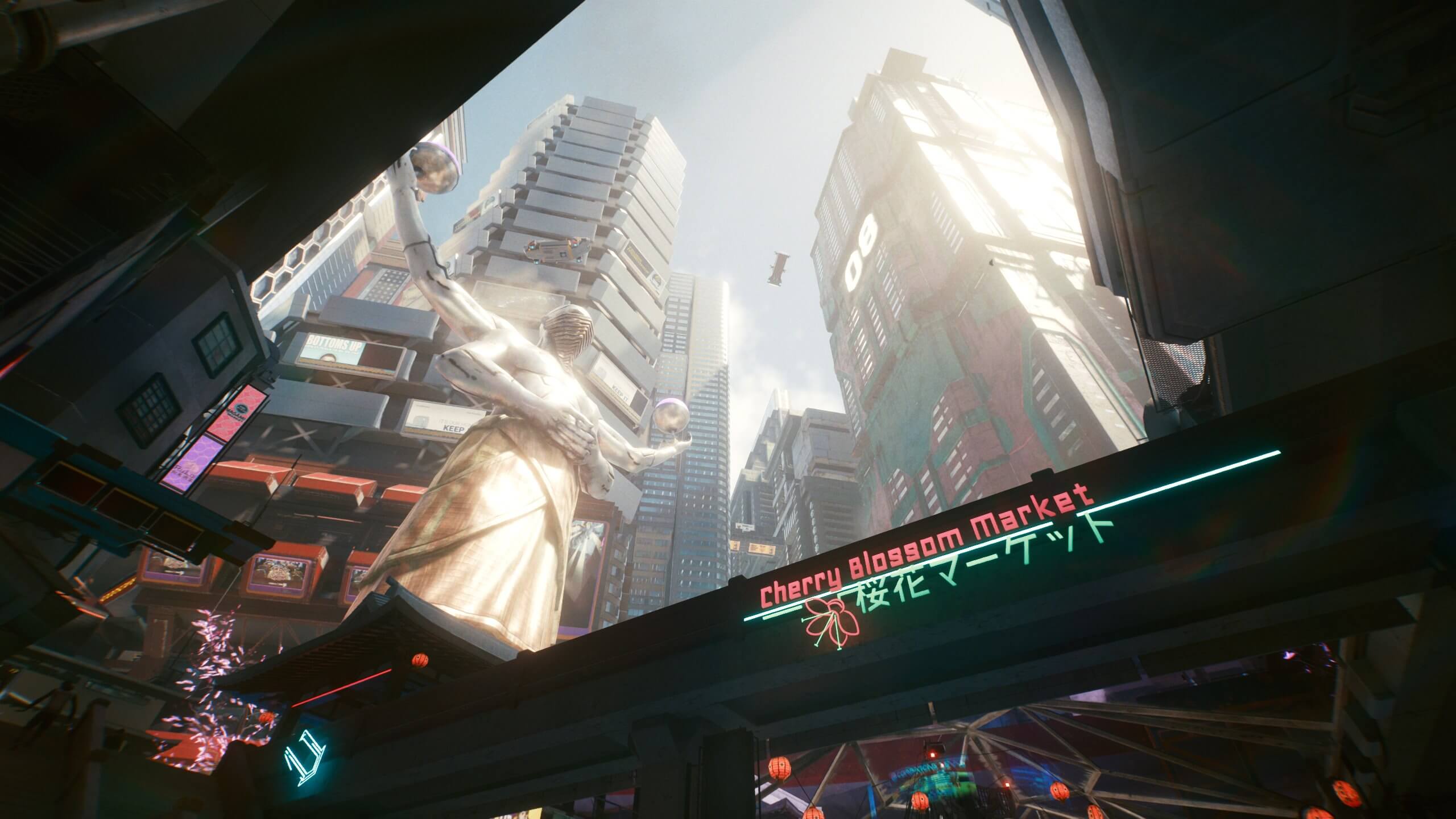
It all combines to really tell the story of this fantastical yet relatable place. It gives you a solid understanding of how Night City operates, who runs it, and how its different classes relate to each other. The environmental storytelling here is very much in sync with the explicit story of corruption and capitalist decay that the game tells through its dialogue and its cinematics. On top of that, it’s all decorated with dynamic and wonderfully atmospheric weather effects (that fog!), and a day/night cycle that–contrary to most games–doesn’t make you want to skip the night sections. Because as gorgeous and colourful as Night City looks during the day (and even more so at dawn and dusk), it’s the night time that (perhaps obviously, given its name) brings out what feels like the real character of the place, with buzzing neon bathing parts of it in false promises while in other areas the moonlight paints a more sombre, haunting image. Night City is as important a character in this narrative as any of the people you meet. Perhaps more so. If it hadn’t been designed properly, the whole thing would fall down.
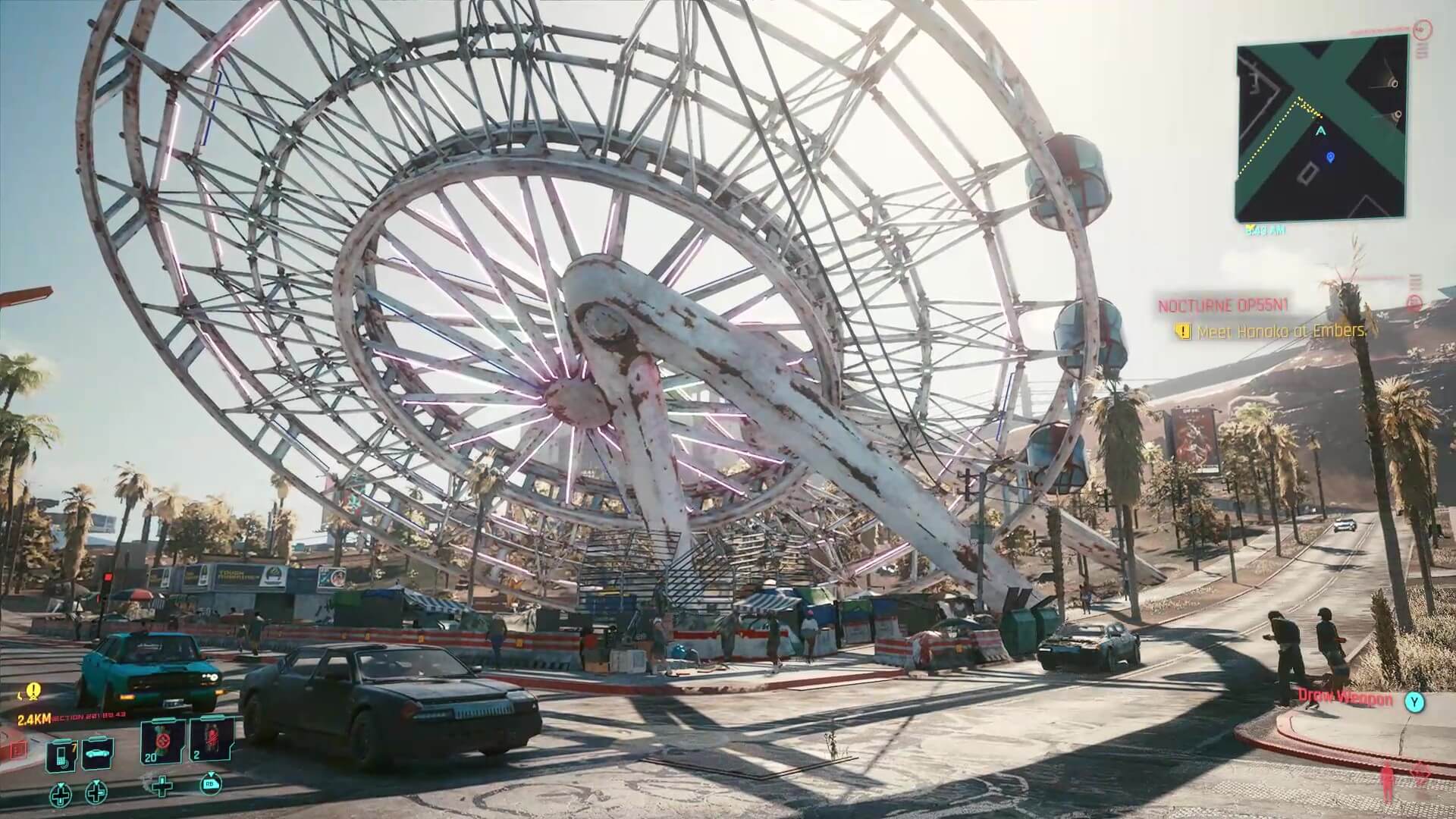
As it happens, the game doesn’t fall. But it doesn’t soar either. The best parts of Cyberpunk 2077 were the ones that related to the story it was trying to tell, and to the characters it populated that story with. In some ways this should be chalked up as a win for CD Projekt Red. They set out to make an RPG with a captivating story, and to a large degree they succeeded. But they also fell just short of greatness, and that is the impression that has stuck with me more than anything else. How close we were to something really special.
I played Cyberpunk 2077 as a female V, tatted up and with a slash of red hair obscuring her left eye. I chose the Nomad Lifepath. This Lifepath begins with V as a solitary badlands-dwelling Nomad, who had left her clan after it merged with a rival group. As the game opens, V is out on a job in the desert. She gets partnered up with a boisterous, burly mercenary from Night City. Jackie Welles is his name, and he is a former gang member with a heart of gold. V and Jackie bond instantly. The job they are on together entails smuggling some valuable contraband into the metropolis that looms over the wastelands. Things don’t exactly go smoothly. They end up crashing through the border, pursued by corporate agents–the real power in Night City–and they get away by the skin of their teeth. And so V arrives in the city for the first time bruised and bloody, but not alone. Jackie offers to help set her up and a deep friendship is born.
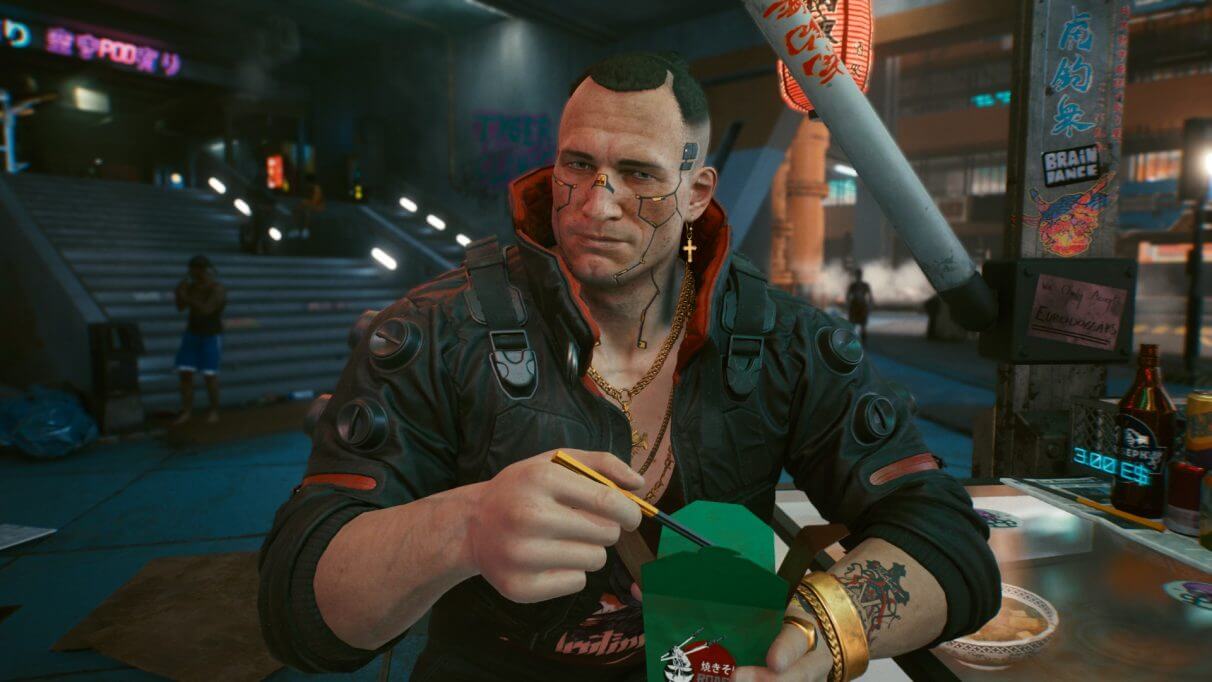
Jackie Welles personifies some of the best qualities of Cyberpunk 2077. He is a fully fleshed out, deeply written, wonderfully performed, and expressively animated character. He feels like he could be a real person. V’s bond with him–and by extension my bond with him–felt real. Like the best fictional characters, I sincerely cared about Jackie, and it was a pleasure to hang out with him in the game. Yet Jackie also serves as a neat lens through which to view Cyberpunk’s narrative shortcomings. This is best seen in the manner of Jackie’s death. This tragic event takes place at the end of the first big mission of the game. It’s the mission that also sees the persona of Keanu Reeves’s character, Johnny Silverhand, implanted into V’s head. It’s a huge, bravura opening, full of stealth and corporate intrigue among the megatowers of Night City that culminates in an explosive escape which unfortunately leads to Jackie Welles’s untimely passing.
Jackie’s death hit me hard. I didn’t see it coming, and I felt a genuine sense of loss when it happened. I was sad that Jackie–loyal, funny, tough Jackie–wouldn’t be there to keep me company anymore. CD Projekt Red were clearly going for a big emotional impact with this moment, and they succeeded.
And yet.
And yet they could have succeeded so much more had they made a different storytelling decision at the beginning of the game. After V first arrives in Night City with Jackie, I was expecting to get to play through all the initial stages of her life there. To feel what it was like not only to rise up from nothing to acquire the reputation of a tough-as-nails mercenary, but also to feel the city’s rhythms entangling themselves in her life, and–crucially–to feel the friendship with Jackie bloom. But we don’t get to play through any of that. What we get instead is a montage. A ninety second or so collection of clips of V and Jackie robbing people, getting into fights, stocking up on weaponry, engaging in firefights, enjoying themselves on club nights out, and meeting a number of the all-important fixers that will come to be V’s main professional contacts in the game proper. It’s a well made montage. It’s funny and engaging and it does effectively show us how V and Jackie made a name for themselves in Night City. But while I was watching, I couldn’t help but think: ‘Wow, all of that would be really great to play.’ Then, after Jackie died and the initial shock and sadness faded, my mind would not stop wondering how much more impact that death would’ve had if I had gotten to live all those experiences with Jackie over the course of a few hours of gameplay, instead of being made a passive observer to a brief slideshow summing them up. How much more earned that emotion would be. It would’ve pushed it into the stratosphere.
That really is the problem with a lot of Cyberpunk’s story. It doesn’t earn all the emotions it tries to play with. As you’re approaching the endgame, the action pauses, and a notification tells you that you’ve reached the ‘point of no return’. You have a choice here: Turn back and to continue to play around in the sandbox of Night City, completing any remaining side missions or just exploring to your heart’s content, or plunge ahead into the final few story missions. In short, this is the point where all the open world trappings are cast aside and the narrative comes to the fore again. Cyberpunk’s story is one that is greatly enriched by the player’s completion of the game’s numerous side quests–they are rich, and compelling, and it is how you meet so many of the best characters–while simultaneously being weakened by the fact that they are designed as side quests. The game exists in a space where its open world structure makes it fun to play while also taking away from the impact of its story. It is a space that many open world games occupy. It’s naturally very difficult to craft a narrative with purposeful beats and emotional rhythms, and to try to graft that narrative onto a structure in which the player decides what to do and when. This tension is exemplified by the central pillar of V’s story: her race against time to extract Johnny Silverhand’s personality from her head, before it takes over completely. The game tells you to get this problem resolved as quickly as possible! But also don’t forget to take in the sights and talk to everyone. Again, this is a common conundrum for open world games. How do you instill in a player a sense of urgency, while also encouraging them to roam freely and at their leisure to get the most out of the sandbox you have given them? Cyberpunk 2077 doesn’t really try to resolve this, to the detriment of its narrative momentum. I actually had plenty of side missions still left to do when I got the endgame warning. I still wanted to keep playing and to explore and discover more of what Night City had to offer, but because I already felt the story losing me, I decided to forego all that and forge on ahead with the rest of the main story, lest it get diluted to the point of weightlessness.

And so, the ending. Cyberpunk 2077 has a number of possible conclusions, depending on what choices you make near the end. The two most important decisions are: Will you call your romantic partner or not (if you romanced anyone, that is) before embarking on the raid of Arasaka Tower, and who will you pick to help you with that raid, if anyone? I did choose to make the call–to Judy–and I went with my Nomad heart and decided to call upon Panam and the Aldecaldos for help. Based on what I’ve read about the other endings online since, this turned out to be the best possible choice. Although I agonised over it for a little while, once I made the call to Panam I knew it was the right thing to do. To me, Panam and the Aldecaldos Nomad clan were the most compelling part of the game. I relished every time I was called out of the city and into the badlands to spend time with this crew of outcasts, jaded military vets, and anti-authoritarian rebels. It’s a testament to CD Projekt Red’s writing, and the uniformly excellent performances of the actors, that over time they really began to feel like V’s surrogate family. Periodically ending up by the campfire at night with them, the glow of Night City lighting up the horizon, the camaraderie felt potent. One earlier mission with the Aldecaldos sees you and Panam rescuing their leader, Saul, after he is captured by a rival Nomad group. Making your way out of their compound with an injured Saul in tow, you seek shelter in a small abandoned house in the desert for the night as a dust storm rolls in. You swap stories and share a drink with the two before bed, and in the morning you greet them as the dawn sun is making the desert glow, and in that moment there is a truly well-earned feeling of comradeship. That is what the game keeps telling you the Aldecaldos are about, but thanks to great game design, it also ends up making you experience it.
It’s a shame, then, that nothing else in the game feels as earned as that moment. More than anything else, Cyberpunk 2077 is a game about relationships. Yes, the political and cultural commentary provides a decent backdrop, but it is the people who matter. V’s connection with Jackie Welles, Johnny Silverhand, the braindance technician Judy Alvarez, the detective River Ward, the AI Delamain, Panam Palmer and the Aldecaldos (especially Mitch, that glorious sonofabitch), the various other characters you meet along the way–and crucially Night City itself. In many ways, V is the least interesting character in Cyberpunk. She is not a wordless cipher. She has a distinct personality of her own and the actor makes you feel her rage and despair at her situation. But nevertheless the writing is never quite as compelling as it is for the people who cross her path. After storming Arasaka Tower and saying goodbye to Johnny, my V, along with Panam and the surviving Aldecaldos (RIP Saul, Scorpion), decided to leave Night City and its badlands for good. Because I called her before, Judy also showed up at the eleventh hour before we all set off. After suffering so much loss in the city, she’d finally acted on her long-gestating idea of looking for a better life elsewhere, and decided to go with V to give that route a chance. I liked this ending. Thematically, it made sense. V had come to Night City looking for fortune and success. She had made a number of good friends there, and lost some very dear ones too. The city had almost killed her. In fact, it still might. By the time she managed to remove Johnny’s personality construct from her mind, it was too late for it to keep functioning on its own. The Aldecaldos think they may have a way of staving off doom, but as the credits role on Cyberpunk, V’s fate is up in the air. Whether or not she survives, V made a conscious choice to leave the city of false promises and dashed hopes. She’d seen through it, and though there might not be anything better beyond the border that she and the Aldecaldos ram through with their convoy, she’d made up her mind to at least try.
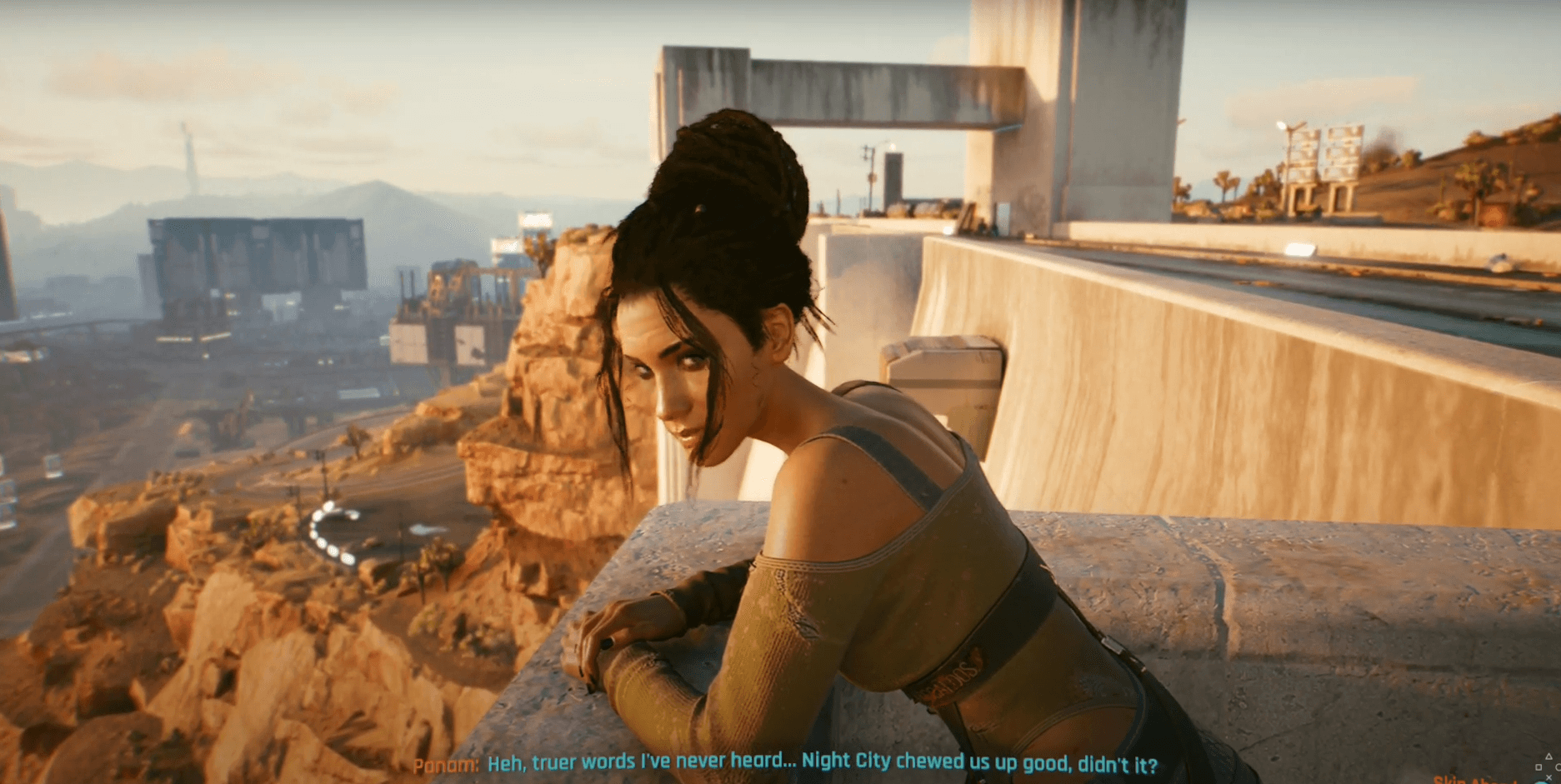
That ending sequence is very well done. You meet up with Panam on a hill overlooking the outskirts of Night City, and, driving off slowly, you reminisce about your time together and ruminate on what it means to say goodbye to the den of sin looming on the horizon. Eventually you join up with Mitch and the rest of the Aldelcaldo convoy, and the sense of joy and camaraderie really is potent. When Judy shows up and you have a moment alone to gaze at Night City as the sun begins to set, the emotions run even higher. After V and Panam ride through an apocalyptic dust storm and end up on the other side of the border, the sense of release and freedom is palpable. It’s night by this point. The stars wheel overhead in their multitude and V and Panam put the vehicle on autopilot to climb outside the cockpit for some air as Heat-esque synths play. This is a wonderful moment. For the first time outside of menu screens, we see V in third person. She sits with Panam as the landscape rolls by and she holds out her hand. In it, she grips a necklace made of the bullet that had ended her life at the start of the game, before Johnny’s construct revived her. The wind whips at her hand and she relaxes her grip, letting go…and the necklace and her connection to Night City disappear into the darkness. It’s a great moment and part of a powerful ending that–like Jackie’s death–nevertheless leaves the impression that it could be so much more. V’s rupture with Night City never feels as dramatic as it could, because–as well designed as it was–Night City never felt quite as dangerous or as isolating as it should have. V always had contacts and friends. The game never evoked the feeling of overcoming some huge set of obstacles–perhaps it may have if you’d been able to play out the events in that opening montage rather than passively watch them. Similarly, the imminent death hanging over V’s head throughout the vast majority of the game never seemed like enough of a pressing matter for Johnny’s release to have as much of an impact as it could have. Even for the Aldecaldos, as welcoming as their presence was, the overriding feeling was: I wish this had been developed more.
Really, that sentiment sums up my experience with Cyberpunk 2077 more succinctly than anything else: Oh, some of that was really good; I wish it had been developed more.



